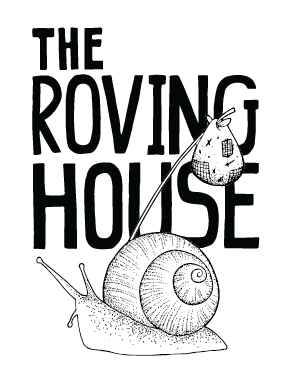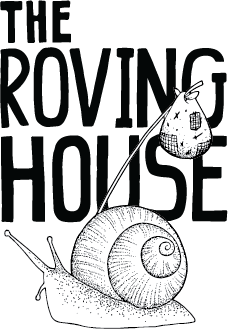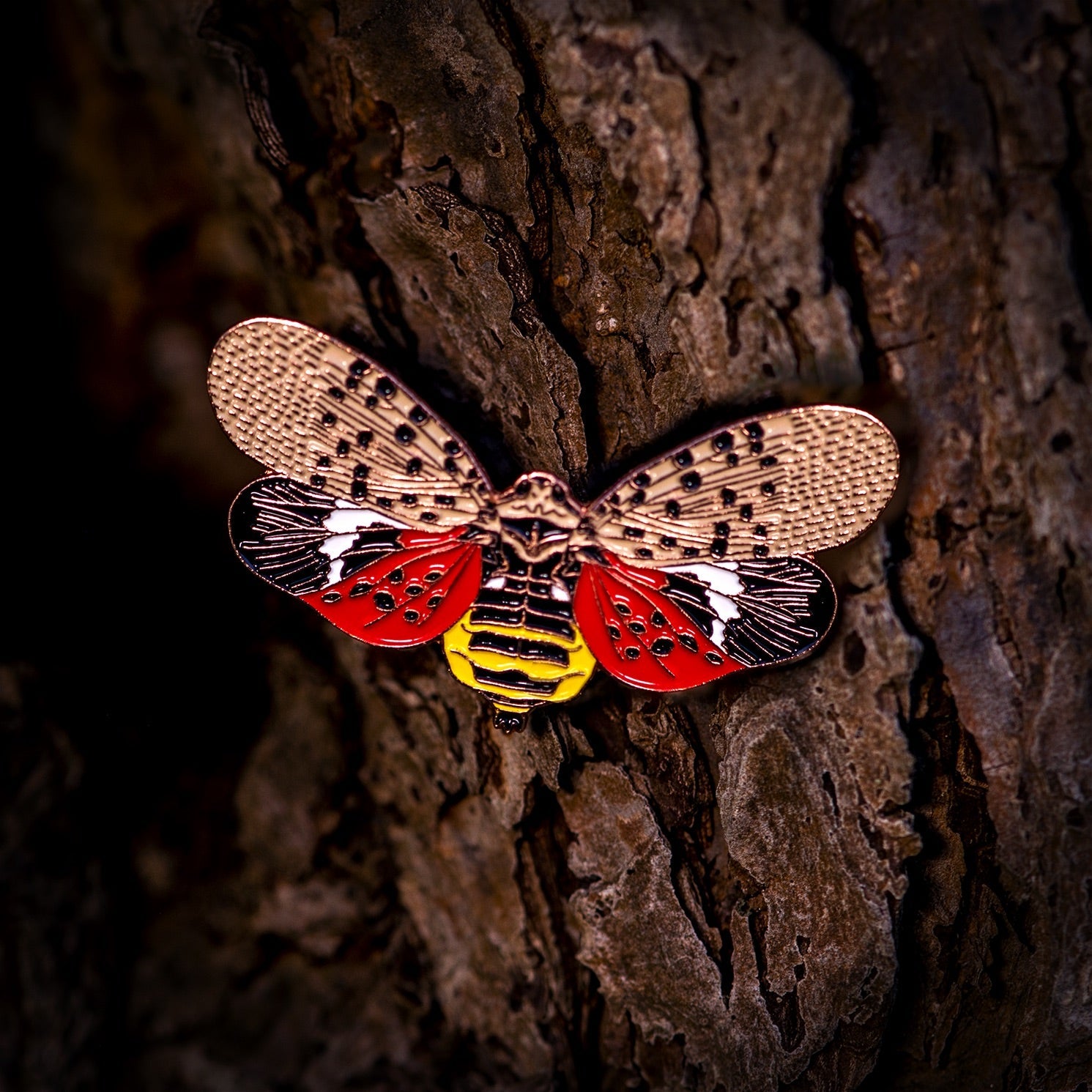March’s Bug Box: the Rusty Patched Bumble Bee
This once-common rusty patched bumble bee (Bombus affinis) is an eusocial insect with an annual life cycle. In the early spring (April, for most of its range), a lone queen bee emerges from hibernation. She seeks out a nesting site, preferably an abandoned rodent hole, and begins to collect pollen for her eggs from all kinds of wildflowers. She cares for her young until they emerge as the first adult workers, after which she remains in the nest and only lays eggs for the rest of her life.
Throughout the spring and summer, all eggs hatch into sterile female workers, who continue to gather food for the nest. (This is the same for all social bees, wasps, and ants - the workers are all female and do not reproduce.)
As summer ends, the queen lays eggs that become males and new queens, who fly off to mate and start new colonies.
In the fall (usually October), all males, workers, and old queens die as frosty nights begin and there's less food to be found. The newly mated queens dig just a few inches into undisturbed soil and go dormant for the long winter, after which they’ll emerge to begin the next generation.
This bee’s reliance on a variety of undisturbed micro-habitats and native plants makes it vulnerable to human encroachment and pesticide use. It is now critically endangered in the US and Canada.
Behind the box
Bee pins are pretty commonly requested from us, and we wanted to make the next one both familiar-looking and special. (We had previously done the Blue Carpenter Bee, which was popular but not what people wanted when they pictured lovable yellow-and-black insects). We wanted to make pins that would immediately feel like classics.
The special item was more of a challenge. We considered a "bee's knees beanie" again, but winter is ending rapidly. Looking to our past Periodical Cicada box, we decided on plant stakes again - the uncoated steel would eventually create "rusty patches". To us, the empty bee silhouette represents a creature that once was common amongst our flowers and gardens, but is now missing almost everywhere.
It's a reminder that honeybees aren't the only bees that need help - in fact, the honeybee's future is largely secure, thanks to the farming industry's reliance on it. But our native bees face far greater odds without human help. Pesticides, monoculture lawns, habitat fragmentation will remain their biggest threats until we rethink our yards and public spaces entirely - prioritizing a place for Nature instead of constantly trying to push it out.



Leave a comment
This site is protected by hCaptcha and the hCaptcha Privacy Policy and Terms of Service apply.